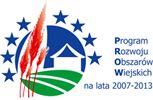Wąsosz
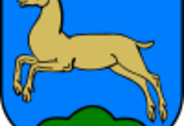
General information
Wąsosz commune is situated within the Kolneńska Upland mesoregion which is part of the northern Podlaska Lowland. The commune is located in the north-western part of the Podlaskie voivodeship and south-western part of Grajewo district. Geologically, the commune is part of the Masurian-Suwałki Uplift which is a part of the East European Craton.
The commune landscape is dominated by open agricultural fields located on a hilly upland, separated longitudinally with the Wissa river glacial valley and greenery. The eastern part of the commune comprises wetland depression related to the Biebrza river valley. Wąsosz is a typical farming commune, agricultural land comprises 74% of the total area (including: arable fields – 67.4% and permanent grassland – 28.9% of the area), individual family farms prevail. The forests total 21.6% of the area of the commune. Wąsosz commune is characterised by clean environment and lack of industrial facilities, its natural resources include large deposits of gravel.
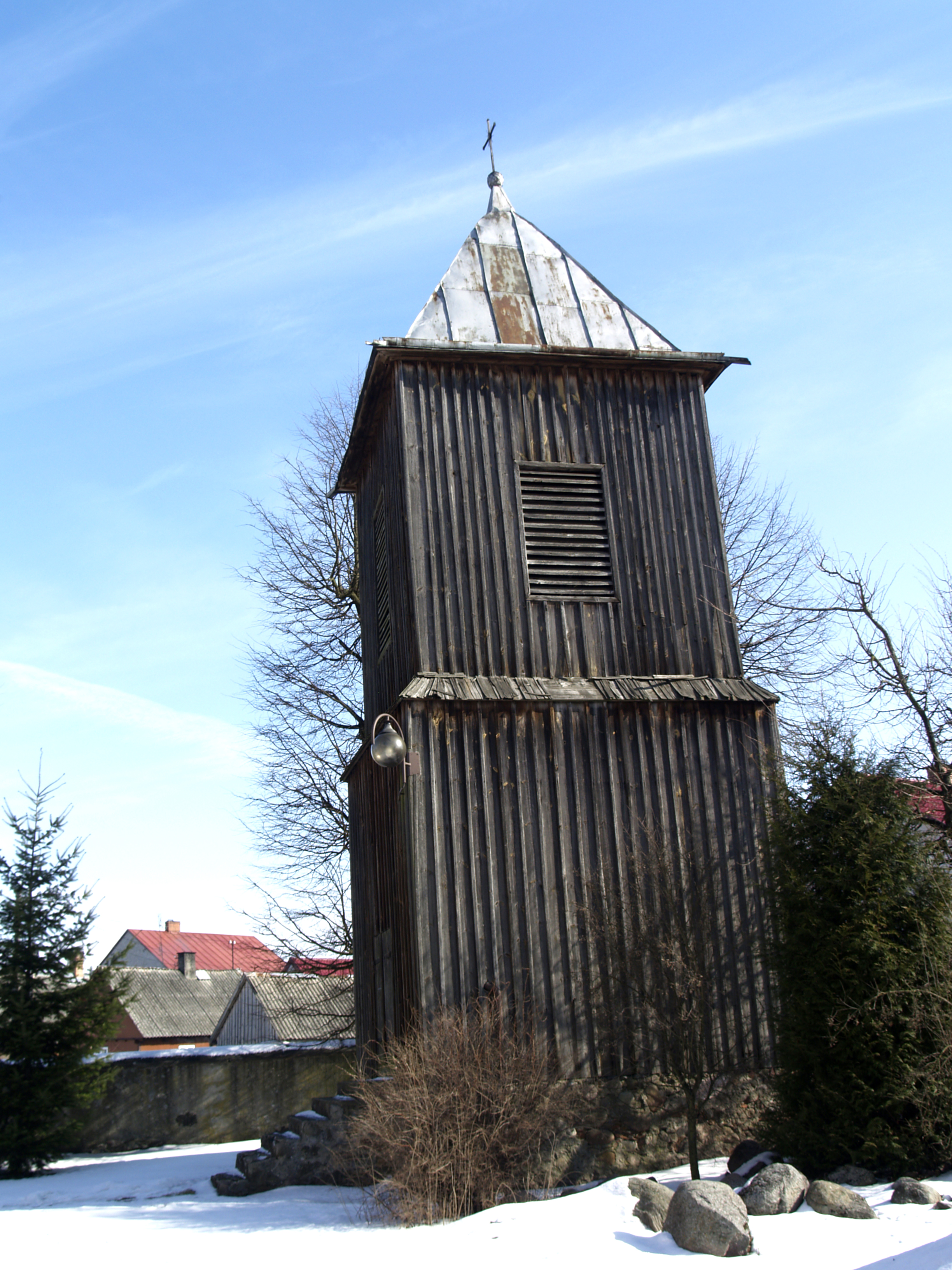
History
Wąsosz village is located at Wissa river and is central in comparison to other villages of the commune. It was founded at the estuary of two rivers: Gręska and Skiejtowstok, by Jaśko of Romany, the prince’s measuring person in 1428 and its initial name was Wąsosze. Only eight years later, in 1436, it was granted town rights and became a trading centre. Duke Władysław I Płocki granted it with the Kulm law, a free bathhouse, a town scale and a cropping machine. In 1471, the Wąsosz district was established with a circuit court and a municipal court which boosted the town’s development. Alas, within 200 years, the town was destroyed due to fires and the Polish-Swedish wars in years 1655–1656 (The Deluge). Wąsosz lost its town rights in 1870 and has yet to regain them. Each of the villages of the commune has its own rich history.
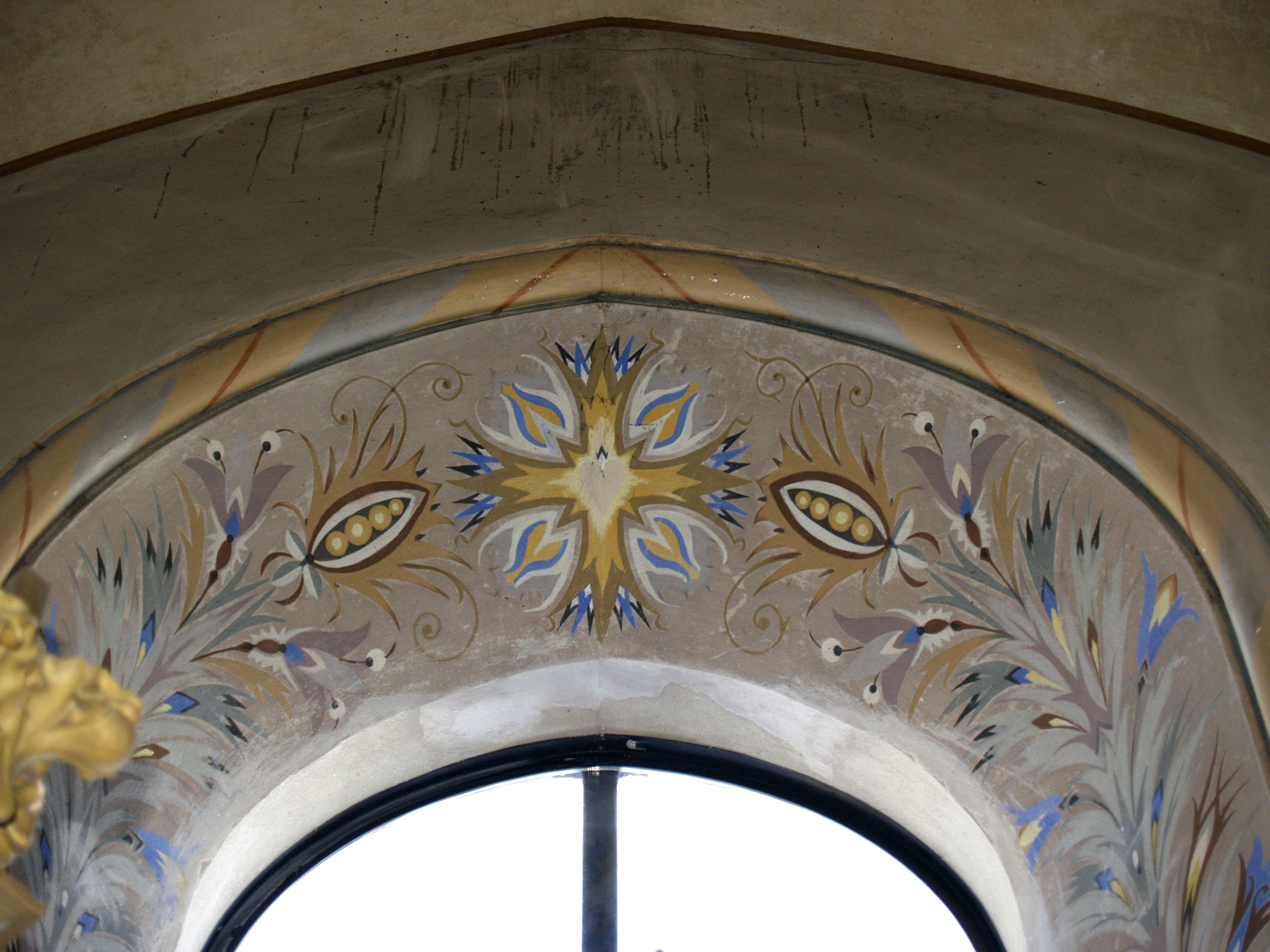
Most important heritage sites
The centre of Wąsosz features the former urban architecture with a spacious market square (Rzędziana square) and six streets fanning out from its corners.
The Gothic Transfiguration of Jesus parish church from 1534. The stone church had a nave and two aisles and was destroyed in 1613 to be restored in 1660. In years 1822–1826, the church underwent thorough modernisation and its final shape dates back to the construction works in 1899 and 1912. The interior of the church features pyramid arcades and a rib vault. The church furniture dates back to the beginnings of the 20th century.
Baroque post-Carmelite B.V.M. Nativity church from 1625 with a miraculous Our Lady of Wąsosz shrine. It was funded by Andrzej Rogala and was burnt in 1710, and then restored by the end of the same century.
A wooden bell tower from the 18th century located in the corner of the church cemetery, equipped with three bells funded by the parish members in Easter 1924.
The clergy house was built in 1920s and encircled with a stone wall in years 1926–1933.
A complex of 34 houses (brick walled and wooden), mainly from the turn of the 20th century.
A wooden mill from the beginning of the 20th century.
Manor house in Modzele village dating back to 1930s.
Manor house in Żebry village dating back to the beginning of the 20th century.
Historical objects present on the Roman Catholic cemetery in Wąsosz: Bzura family grave chapel from the 19th century, Karczewski family grave from the 19th century, Jakub Klimontowicz grave, a common grave of the civilians killed during the World War II.
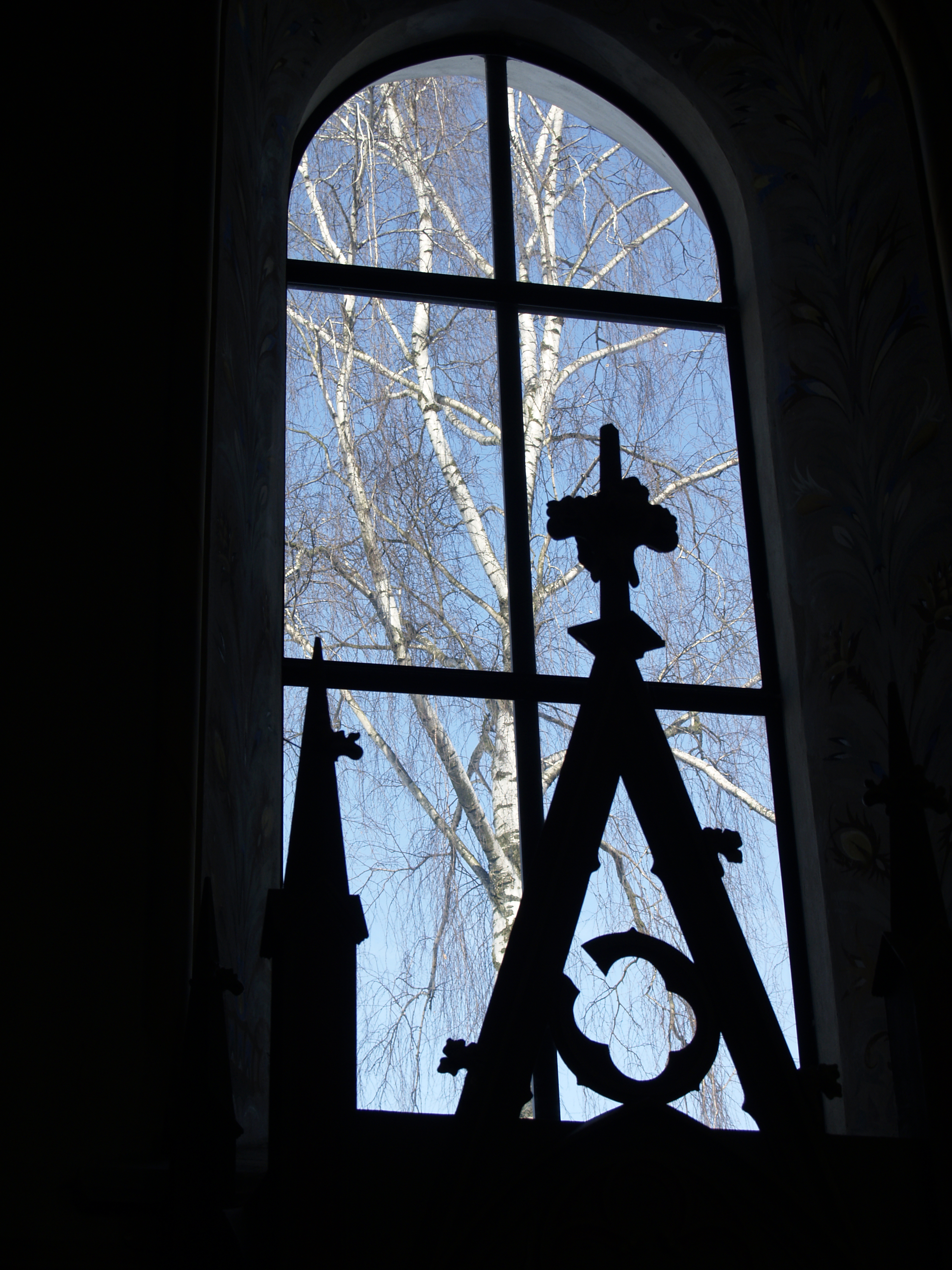
Attractions and tourist assets
In addition to many historic monuments, Wąsosz commune has natural tourist assets as well. There are two nature reserves called Ławski Las I and Ławski Las II in the commune’s forests which total 2,545 ha. A small and clean Wissa river runs through the commune and visitors are greeted by clean air and peaceful stillness. Close proximity of Biebrza National Park is an additional attraction, as well as good road connection between the commune’s villages, the district town, the capital of the voivodeship and Warsaw.
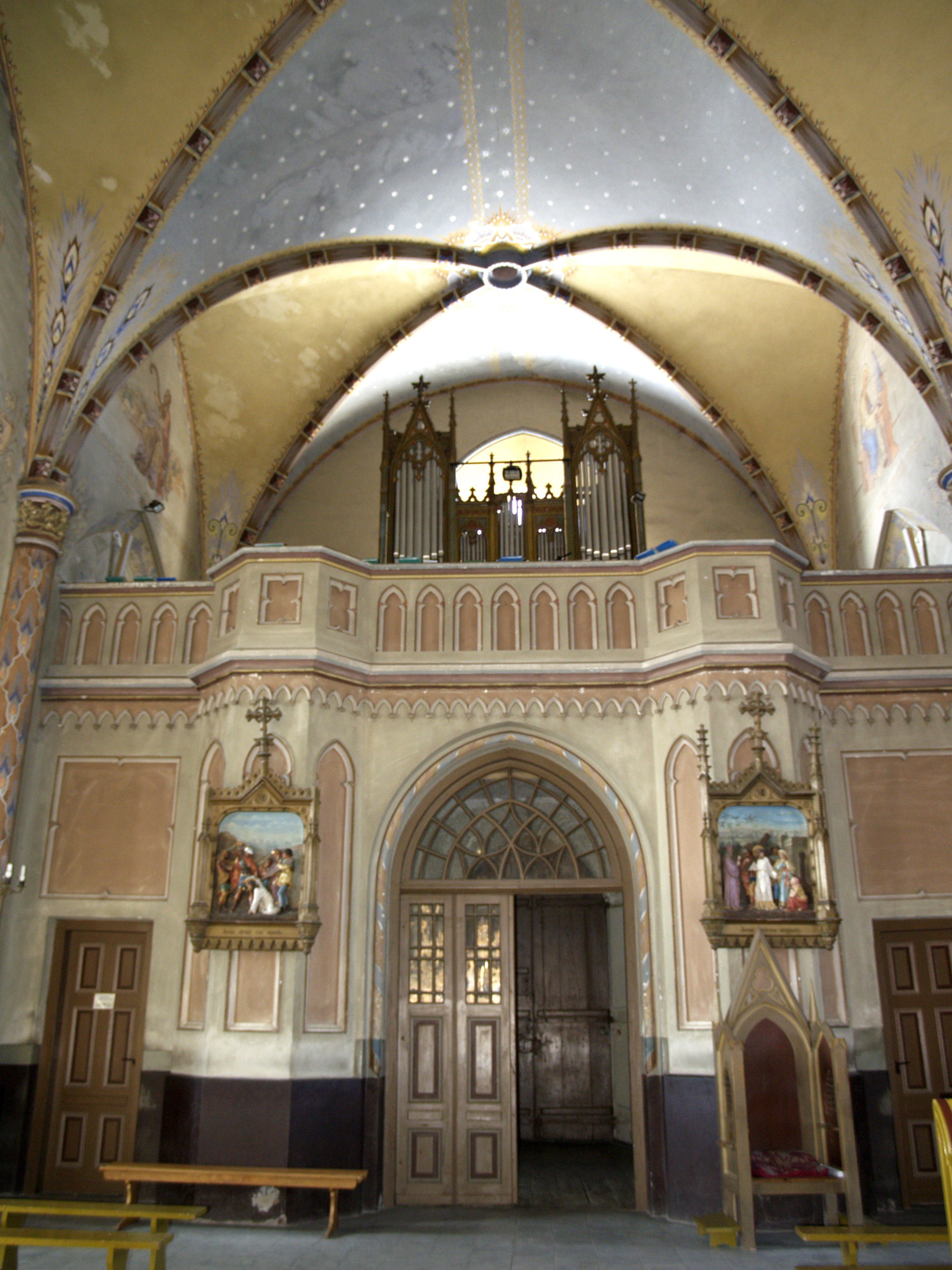
Periodical events
– Great Orchestra of Christmas Charity (Wielka Orkiestra Świątecznej Pomocy) – January
- Meetings with Tradition– January
- International Women’s Day – March,
- Rhyming Teddy bear recitation contest (Konkurs recytatorski o nagrodę Misia Wierszownisia) – April,
- Mother’s Day – May,
- Summer solstice at the river – June,
- Integrating party – July,
- Head of the commune cup football tournament – August
- Race of independence – November

Culture
At the communal cultural and sports centre (GOKiS) in Wąsosz, the following artistic groups are active: children folk group Kalinki, folk band Wąsoszanki, cabaret group Po-Krzyk, teenage music band Sover, carolling team with a nativity scene – Patryk and Jacek Nowak.
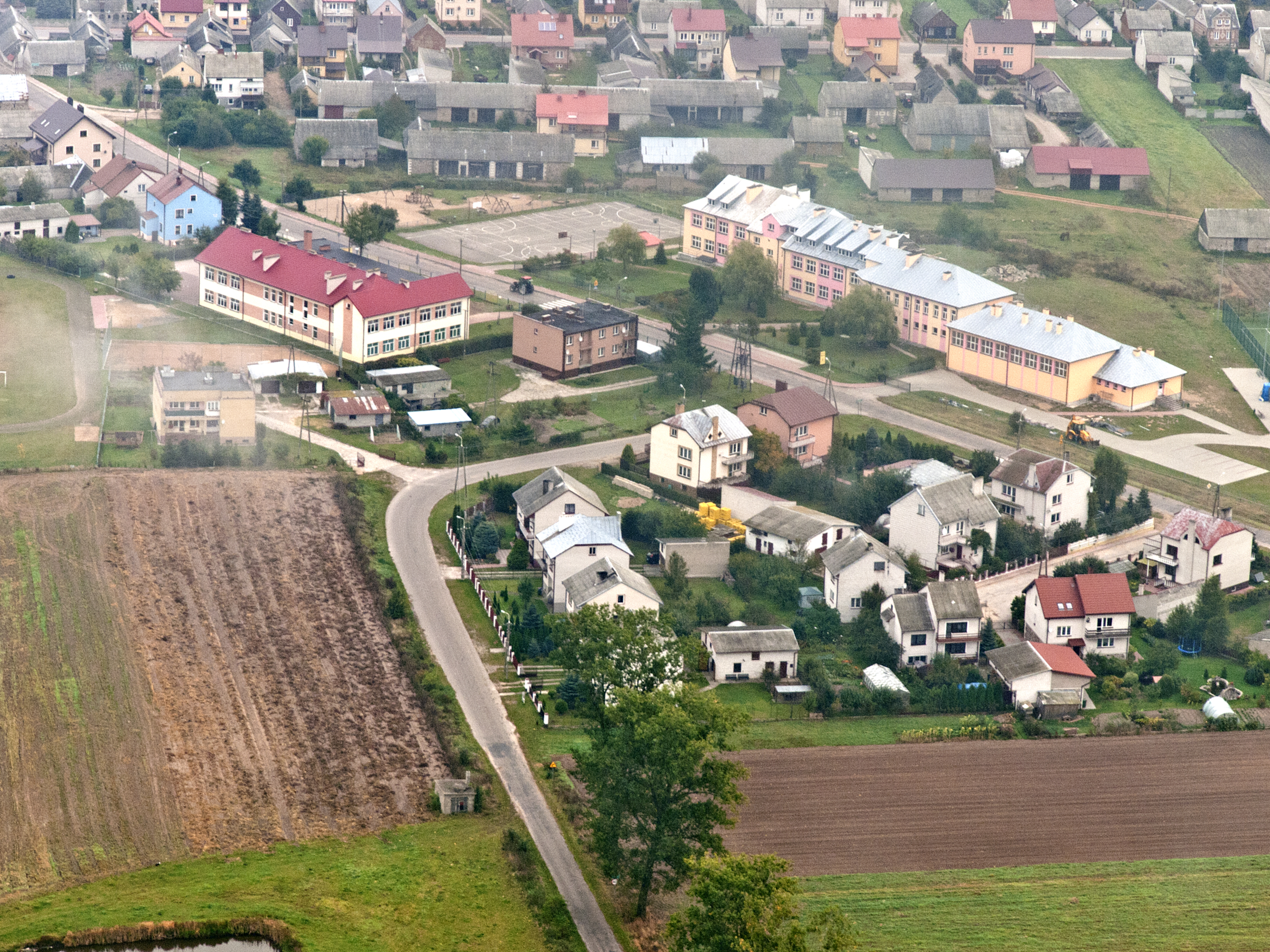
Other important information
There is an active Volunteer Fire Department in the commune and some of its members have formed a brass band at the fire brigade unit. They perform during the national, church and other events organised by the commune. Every year in August, members of all six units of the Volunteer Fire Department (Wąsosz, Kędziorowo, Bukowo, Żebry, Ławsk and Nieciki) compete in a fire brigade contest.
The commune also has an active Table Tennis Sports Club Czarni Wąsosz.
There is an Orlik football field in the commune where many tournaments and sports activities take place.
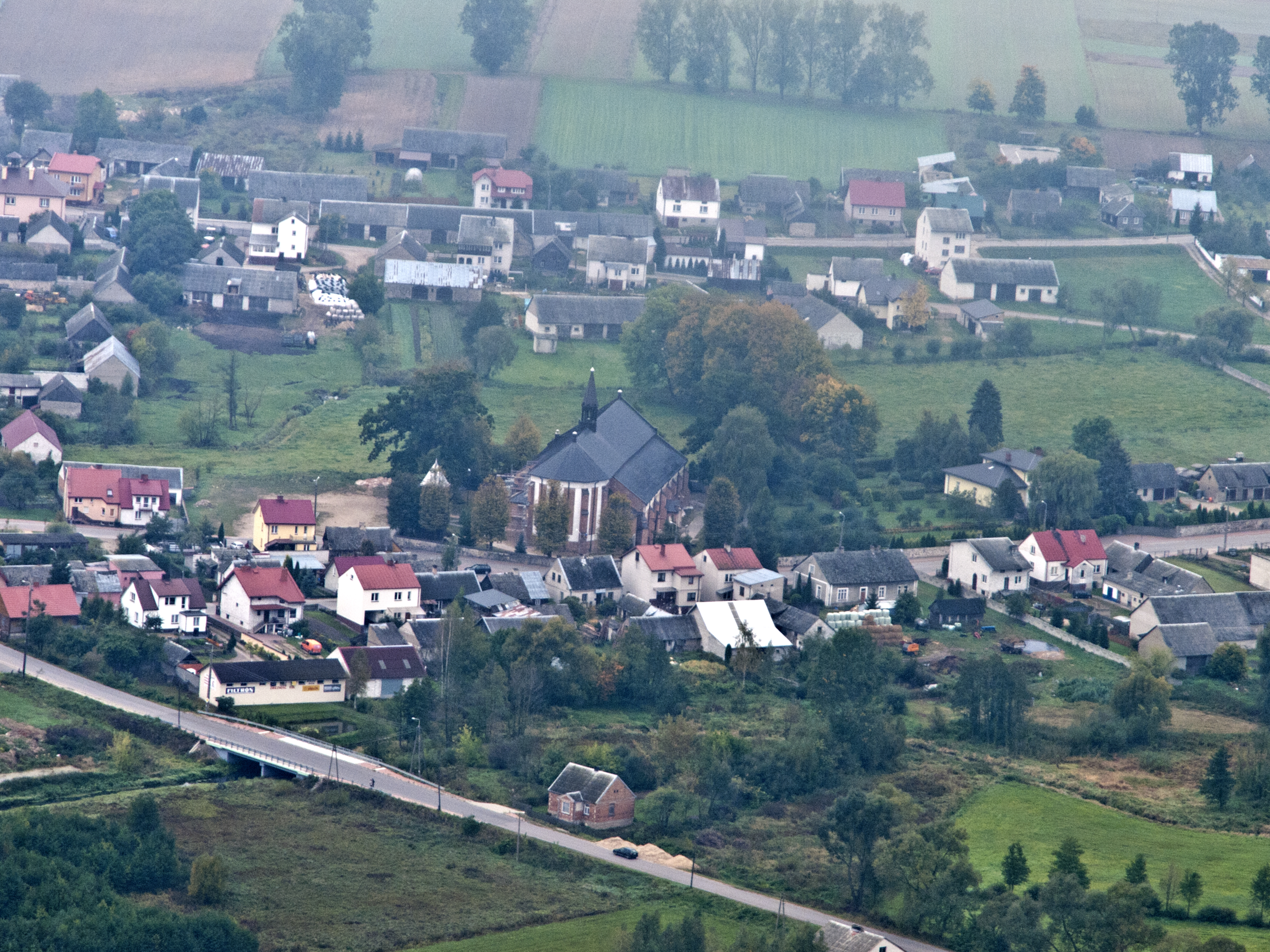
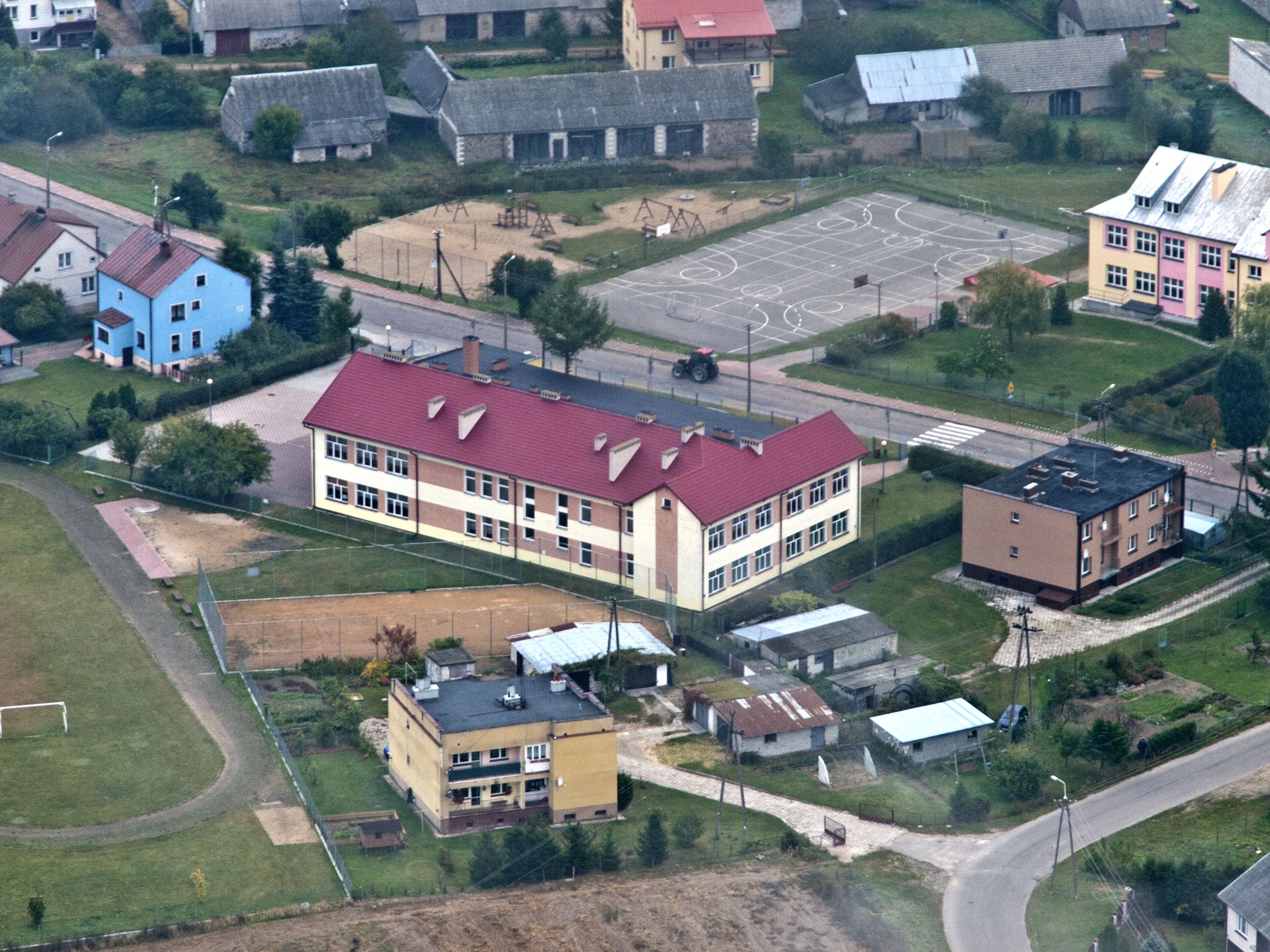
Wąsosz commune is situated within the Kolneńska Upland mesoregion which is part of the northern Podlaska Lowland. The commune is located in the north-western part of the Podlaskie voivodeship and south-western part of Grajewo district. Geologically, the commune is part of the Masurian-Suwałki Uplift which is a part of the East European Craton.
The commune landscape is dominated by open agricultural fields located on a hilly upland, separated longitudinally with the Wissa river glacial valley and greenery. The eastern part of the commune comprises wetland depression related to the Biebrza river valley. Wąsosz is a typical farming commune, agricultural land comprises 74% of the total area (including: arable fields – 67.4% and permanent grassland – 28.9% of the area), individual family farms prevail. The forests total 21.6% of the area of the commune. Wąsosz commune is characterised by clean environment and lack of industrial facilities, its natural resources include large deposits of gravel.

History
Wąsosz village is located at Wissa river and is central in comparison to other villages of the commune. It was founded at the estuary of two rivers: Gręska and Skiejtowstok, by Jaśko of Romany, the prince’s measuring person in 1428 and its initial name was Wąsosze. Only eight years later, in 1436, it was granted town rights and became a trading centre. Duke Władysław I Płocki granted it with the Kulm law, a free bathhouse, a town scale and a cropping machine. In 1471, the Wąsosz district was established with a circuit court and a municipal court which boosted the town’s development. Alas, within 200 years, the town was destroyed due to fires and the Polish-Swedish wars in years 1655–1656 (The Deluge). Wąsosz lost its town rights in 1870 and has yet to regain them. Each of the villages of the commune has its own rich history.

Most important heritage sites
The centre of Wąsosz features the former urban architecture with a spacious market square (Rzędziana square) and six streets fanning out from its corners.
The Gothic Transfiguration of Jesus parish church from 1534. The stone church had a nave and two aisles and was destroyed in 1613 to be restored in 1660. In years 1822–1826, the church underwent thorough modernisation and its final shape dates back to the construction works in 1899 and 1912. The interior of the church features pyramid arcades and a rib vault. The church furniture dates back to the beginnings of the 20th century.
Baroque post-Carmelite B.V.M. Nativity church from 1625 with a miraculous Our Lady of Wąsosz shrine. It was funded by Andrzej Rogala and was burnt in 1710, and then restored by the end of the same century.
A wooden bell tower from the 18th century located in the corner of the church cemetery, equipped with three bells funded by the parish members in Easter 1924.
The clergy house was built in 1920s and encircled with a stone wall in years 1926–1933.
A complex of 34 houses (brick walled and wooden), mainly from the turn of the 20th century.
A wooden mill from the beginning of the 20th century.
Manor house in Modzele village dating back to 1930s.
Manor house in Żebry village dating back to the beginning of the 20th century.
Historical objects present on the Roman Catholic cemetery in Wąsosz: Bzura family grave chapel from the 19th century, Karczewski family grave from the 19th century, Jakub Klimontowicz grave, a common grave of the civilians killed during the World War II.

Attractions and tourist assets
In addition to many historic monuments, Wąsosz commune has natural tourist assets as well. There are two nature reserves called Ławski Las I and Ławski Las II in the commune’s forests which total 2,545 ha. A small and clean Wissa river runs through the commune and visitors are greeted by clean air and peaceful stillness. Close proximity of Biebrza National Park is an additional attraction, as well as good road connection between the commune’s villages, the district town, the capital of the voivodeship and Warsaw.

Periodical events
– Great Orchestra of Christmas Charity (Wielka Orkiestra Świątecznej Pomocy) – January
- Meetings with Tradition– January
- International Women’s Day – March,
- Rhyming Teddy bear recitation contest (Konkurs recytatorski o nagrodę Misia Wierszownisia) – April,
- Mother’s Day – May,
- Summer solstice at the river – June,
- Integrating party – July,
- Head of the commune cup football tournament – August
- Race of independence – November

Culture
At the communal cultural and sports centre (GOKiS) in Wąsosz, the following artistic groups are active: children folk group Kalinki, folk band Wąsoszanki, cabaret group Po-Krzyk, teenage music band Sover, carolling team with a nativity scene – Patryk and Jacek Nowak.

Other important information
There is an active Volunteer Fire Department in the commune and some of its members have formed a brass band at the fire brigade unit. They perform during the national, church and other events organised by the commune. Every year in August, members of all six units of the Volunteer Fire Department (Wąsosz, Kędziorowo, Bukowo, Żebry, Ławsk and Nieciki) compete in a fire brigade contest.
The commune also has an active Table Tennis Sports Club Czarni Wąsosz.
There is an Orlik football field in the commune where many tournaments and sports activities take place.












